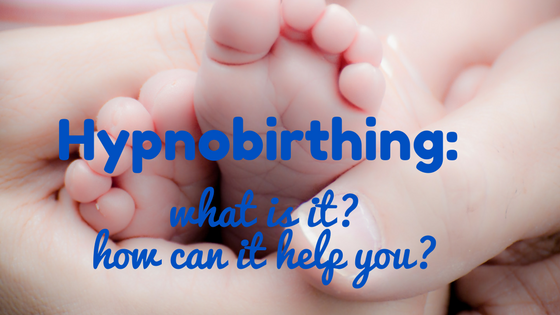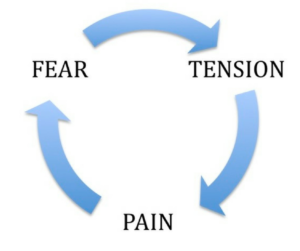
For most of their lives, women have been inundated with the negative stories of other women’s birth experiences. Everyone, from their mothers, sisters, aunts, cousins, friends, and even strangers, wants to tell them the horrors of giving birth. They have been conditioned to believe that excruciating pain is associated with labour; and because of this, women today hold an unprecedented fear of giving birth. This extreme fear causes their bodies to become tense, and that tension prohibits their bodies from easily performing a normal physiological function. The result is exactly what they feared most–long, painful birthing or unnecessary intervention.
Despite the variety of programs, the philosophy remains the same: nature intended for women to give birth relatively easily, but the fear of childbirth incites physical pain.
Hypnobirthing techniques can teach woman how to release all prior programmed dogma about birth to free herself of limiting thoughts and emotions that lead to pain-causing fear and resistant muscles. When giving birth, normally a mother is not in a trance or asleep but instead in a state of deep relaxation—awake, aware, and fully in control.

Fear during labour activates our primal fight-or-flight mechanism, causing stress hormones called catecholamines to slow down digestion, make the heart speed up, force blood to the arms and legs, and ultimately deplete blood flow to the uterus, creating uterine pain and hindering the labour process.
It is physically impossible for the body to be relaxed and in fight-or-flight mode. By replacing fear with relaxation, a different set of chemicals come into play: oxytocin, labour hormones called prostaglandins, and endorphins combine to relax the muscles and create a sense of comfort.
The overall effect of practicing Hypnobirthing techniques is that birthing parents are better able to appreciate the benefits of calm, gentle birthing, making the experience a joyful one for mother, baby, and birth companion—benefits that can last a life time.
Through a very simple program of self-hypnosis and education women learn to dismiss fear-based stories, misinformation, and birthing myths; they are helped to see birth as a complete normal process. They learn to trust that their bodies know how to bring their babies into the world in the calm and gentle way that nature intended. Through this process, mother’s and father’s alike are better prepared for the birth and for the parenting years to follow.
What is important for the expecting couple:
- Emotional support
- Uses comfort measures: breathing, relaxation, movement, positioning
- Have the entire picture of the birth process
- Continuously reassure and comfort the mother (the key word is continuous— for instance a doula never leaves the mother’s side)
- Have all relevant information about various birth choices
- Own that moment, be in charge
- Be prepared as a team, rehearse the birth giving process in the state of deep meditation
- Have a clean consciousness; clear of old stressers in your Mind
- Reconnect to your own experience in the womb of your mother
Hypnotherapy can help you:
- Communicate with your baby in your womb
- Get mother and child into the mindset of an Olympic athlete, getting ready for THE moment
- Experience pain management opportunities in the state of trance
- Learn in an experiential workshop “mind over matter”
- Special segments for the new father: Become an asset – be that real support without fear
- Have the baby ready to transition from the womb into this world
About the author
Detlef Friede is the current President of Canadian Hypnosis Association. He holds a Master Certification as a Clinical Hypnotherapist and is a member of the US Guild of Hypnotherapists of America. He with his predecessor and his late mentor, Diane Cherry, have worked to educate people Worldwide on this amazing, safe and effective therapy.



















No Comments
Be the first to start a conversation